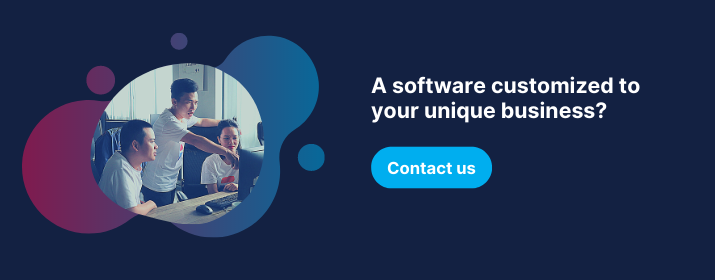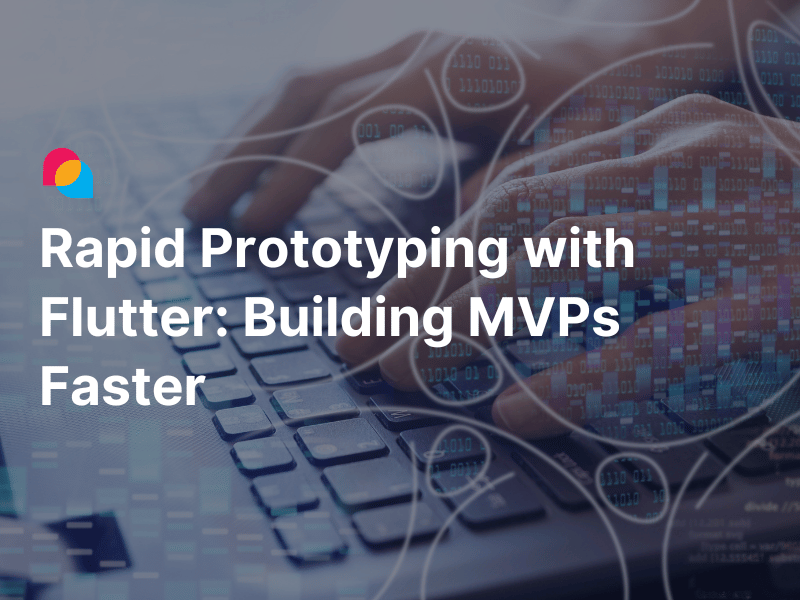A minimum viable product (MVP) is all about the ongoing improvement and gradual growth of a software product. Whether you are a startup or a well-established business, building an MVP is one of the most proper and safest strategies for launching a new product. Developing an MVP first comes with numerous benefits, like cutting down costs, driving down risks, focusing on the most valuable features, and figuring out whether a business idea is worth scaling. Like the old saying, "Rome wasn't built in a day," you need to formulate a plan carefully for your MVP building journey.
In this article, I will provide you with a holistic view of the MVP process. Read on to find answers to the following questions:
- What is a minimum viable product?
- What are the differences between MVP, prototype, and proof of concept (POC)?
- What builds up an effective MVP?
- How to build a minimum viable product for product/market fit?
- How to calculate the MVP development costs?
- How to validate your MVP with early adopters?
- How to measure and learn during your MVP validation process?
- How to know you are on the right track?
- How to ask the right interview questions?
- How to conduct an effective usability test?
We'll dive into each of these areas throughout this guide by exploring the chapters.
Chapter 1: How to build an efficient Minimum Viable Product (MVP) for startups
You can look further into the MVP building process, MVP-related concepts, what builds up an effective MVP, and explore how to build it right for product-market fit. Read more about the real story of our startup client on how they built their MVP.
Chapter 2: How to reduce costs of building a Minimal Viable Product (MVP) for startups
The costs associated with MVP development vary since they depend on many factors. By carefully considering all necessary factors, you can properly estimate your MVP cost in advance and allocate the resources reasonably. Instead of looking at the low price, finding a balance between quality and pricing helps you build a high-quality product that delivers real value to customers without exceeding your budget.
Chapter 3: How to validate your Minimum Viable Product (MVP) for startups
Once you've built your MVP, it's time to ship it to the market and test critical assumptions with early adopters. During the validation process, you will count on different metrics to measure whether you are on the right track.
Chapter 4: How to conduct an effective user interview for your MVP
Conducting user interviews is one of the most proper approaches that help them validate their MVP and business, collect valuable insights from early adopters and refine the product further to align with users' needs.
Chapter 5: How to conduct effective usability testing in 5 steps with a sample script
You also likely utilize usability testing to validate your product's functionality and user interface to create better customer experiences. It involves observing participants' behavior and collecting their valuable feedback while they're completing each task.
Chapter 6: 7 takeaways from building MVPs with practical examples
Find out seven takeaways from building MVPs with practical examples via success and failure stories from various industries.
Final thoughts,
We've covered a few key aspects of MVP development. The MVP isn't a product; it's a process. Building an MVP will help you engage users, understand the strengths and weaknesses of the product, and increase the likelihood of future success. Notwithstanding that, there will always be more to the process than you think, more work than you anticipate, and more problems than you expect. Once you reach positive feedback from early adopters and have confidence in your vision, you can start pushing further and further out toward the product of your dreams.
We hope this guide can provide you with a solid knowledge base and cite various trustworthy sources to efficiently ride the MVP development rails.





